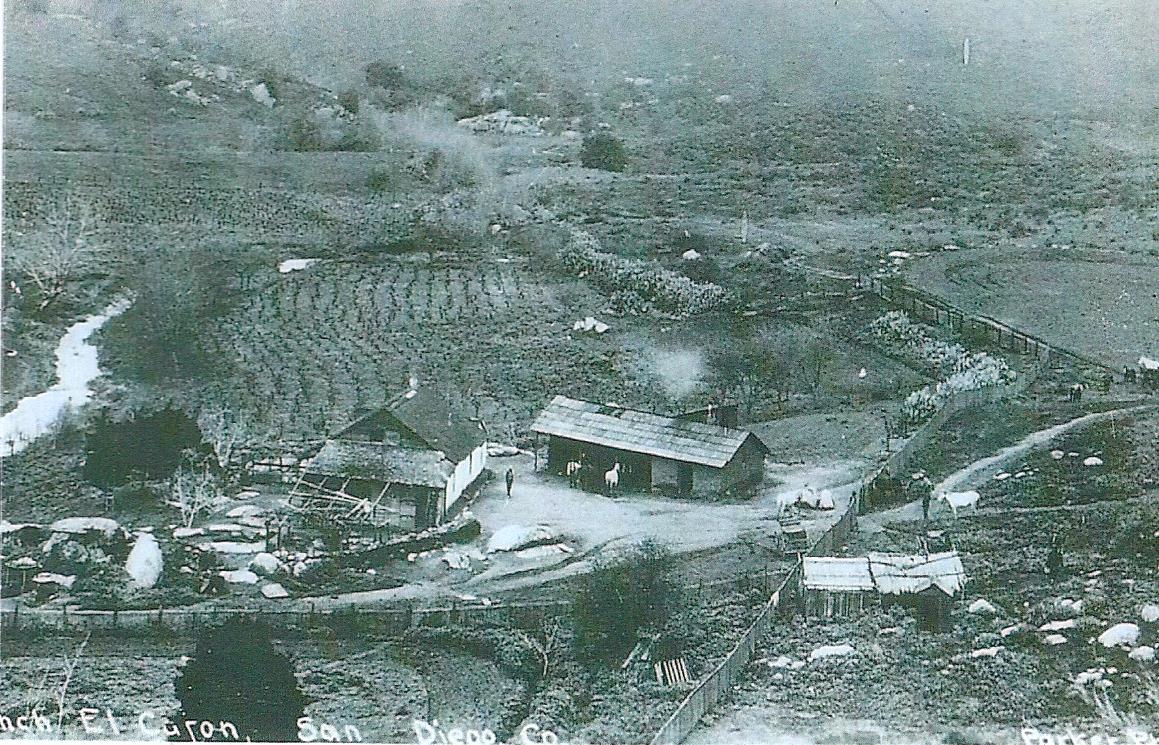About our RV Park in San Diego
Lakeside History of the Rancho Los Coches RV Park & Land
In the beginning… Native American Indians inhabited the area upon which the Windmill House rests. Ample evidence exists with metate holes in granite boulders at the base of the Windmill’s fireplace and elsewhere. Manos (the hand stones used with the mutates) and pottery shards found on the property attest to an earlier culture. 1843: This property was the smallest Mexican land grant when the area was under Mexican rule in the 19th century. Locally appointed governors were authorized to dole out tracts to their friends. Mexican Governor Manuel Micheltorena granted a tract of 28.39 acres to Apolinaria Lorenzana. At the time the property had been grazed by the Mission San Diego’s cattle and hogs for over a half century. Lorenzana was one of eight orphans from Mexico. All the orphans were given the same last name, that of the archbishop of Mexico. She became known as “La Beata” meaning a woman who devoted her life to works of charity and religion. Rancho Los Coches, then known as Canada de Los Coches or “The Vale of the Hogs” provided food supplies to the San Diego Mission. Although the grant of Los Coches was made to Apolinaria Lorenzana, confirmation of the title by the United States Land Commission was to Ancleto Lestrada, a Los Angeles priest.




